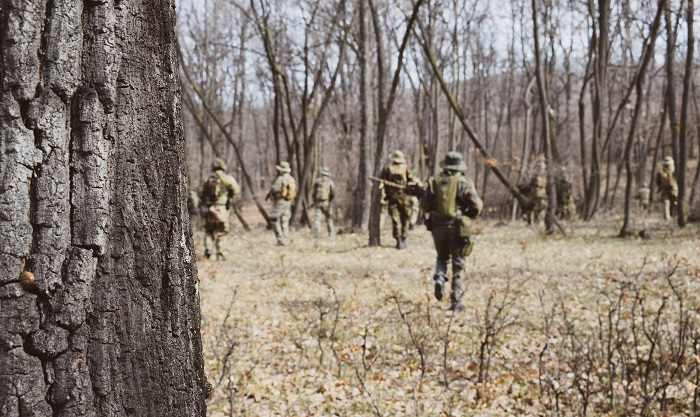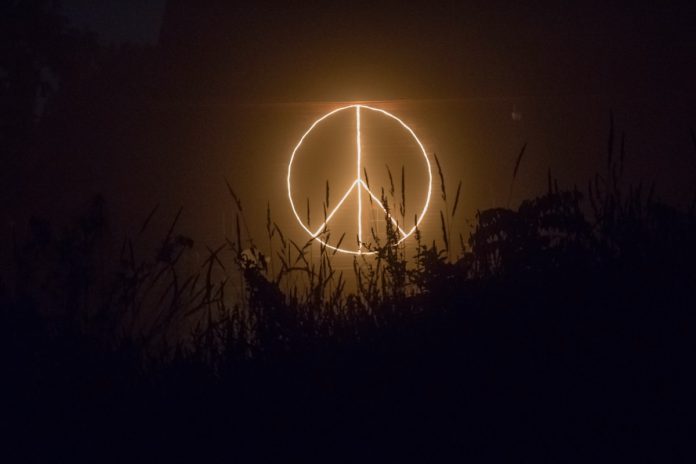On the occasion of the International Day of Peace, let’s take a look over the long-drawn Indo-Naga Peace Talk that is being engaged in the corner of India for the past 22 years. This talk started after decades of bitter fighting between the Naga insurgents and the Government of India (GOI), costing tens of thousands of lives. This conflict has now become South Asia’s oldest insurgency, which began at the time of Indian Independence itself.
How did the conflict start?
In the words of T. Sakhire, the Nagas fought for the British in the World War-I, believing that a better world of justice and freedom was in store for them. Soon after the war, they formed the Naga National Council (NNC), formerly known as the Naga Club, in 1918. This council submitted a memorandum to the Simon Commission in 1929, stating that the Naga people should be left alone when the British withdraw from India. Subsequently, the NNC leaders met various Indian leaders and British officers and declared the Naga Independence on 14th August 1947. Though Indian leaders like Mahatma Gandhi and C. Rajagopalachari opined that the Nagas have every right to decide for their future, the GOI however officially refused to recognise the declaration. Then the NNC conducted a plebiscite in 1953, where it claimed 99.9% voted for a sovereign state, which was rejected by the GOI. By 1955, the military operation and conflict started, which is being continued until today with some of the Naga underground organisations.

The Ongoing Peace talk:
To broker peace, the NNC and GOI entered into a ceasefire in 1964 with the initiative of Church. But it met a deadlock with just a few rounds of talk without yielding any positive outcome. After decades, the second ceasefire entered between GOI and the National Socialist Council of Nagalim (NSCN) in 1997. They started political negotiation with lofty terms like the talk to be held only in the third-neutral country, at Prime Minister level and without any pre-condition among others. Since then, the talks were held with many Indian Prime Ministers in different parts of the world like Amsterdam, Geneva, Osaka, New York, Paris, etc. In 2002, a sign of a breakthrough in negotiation appeared. The GOI recognised the unique history and situation of the Nagas and that the solution will be arrived at based on it. In reciprocation to it, the NSCN also reconsidered the venue of the talk within India and also seemingly dropped the demand of physical integration of Nagas’ land that is being divided into Assam, Arunachal Pradesh, Manipur and Nagaland (with Nagas of Myanmar being left out of the negotiating table). It is also being understood that, on the advice of the GOI, the NSCN is exploring on a supra-state arrangement, rather than its earlier stand of complete independence.
After 17 years of dialogue, a milestone was achieved with the signing of the Framework Agreement in 2015. Both the GOI and NSCN acknowledged that the agreement was historic and that peaceful political solution will arrive sooner than later. Then the talk intensified with numerous consultations with the stakeholders. In August 2019, the GOI’s interlocutor, RN Ravi, has announced that all key issues have been agreed upon, except on few symbolic issues.
With all these developments, the expectation is running high in the region that an honourable and peaceful solution is coming after lingering for almost a century. However, there’s also another school of thought, especially after the appointment of RN Ravi as the state governor and his indication of the Prime Minister’s desire to conclude the talk within a 3-month time. With all these perplexities involved, will the long-awaited solution be settled within the said timeframe peacefully or ended up with violence and bloodshed? Only time can tell us, but let’s be hopeful that peace will remain in the land.





